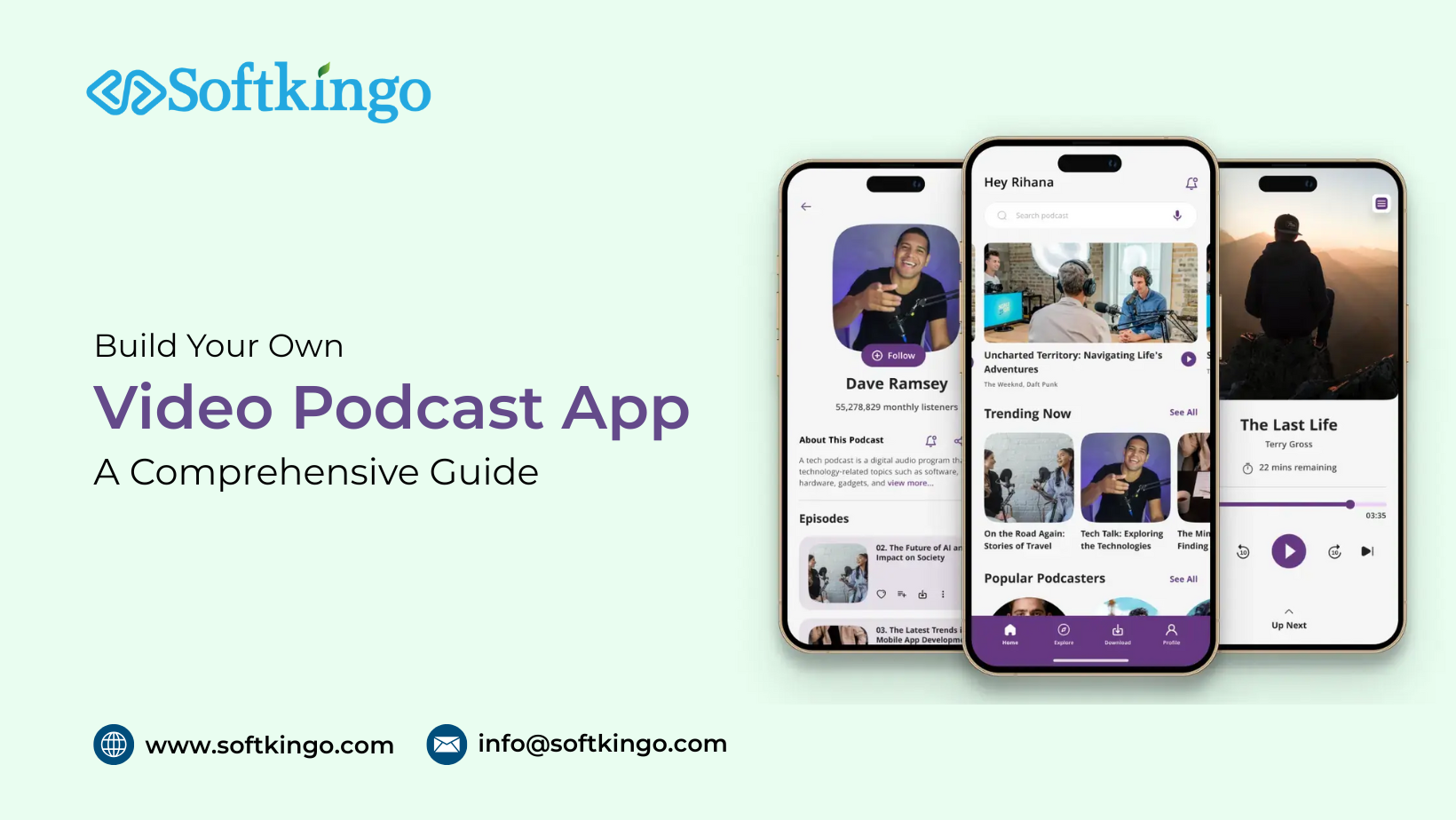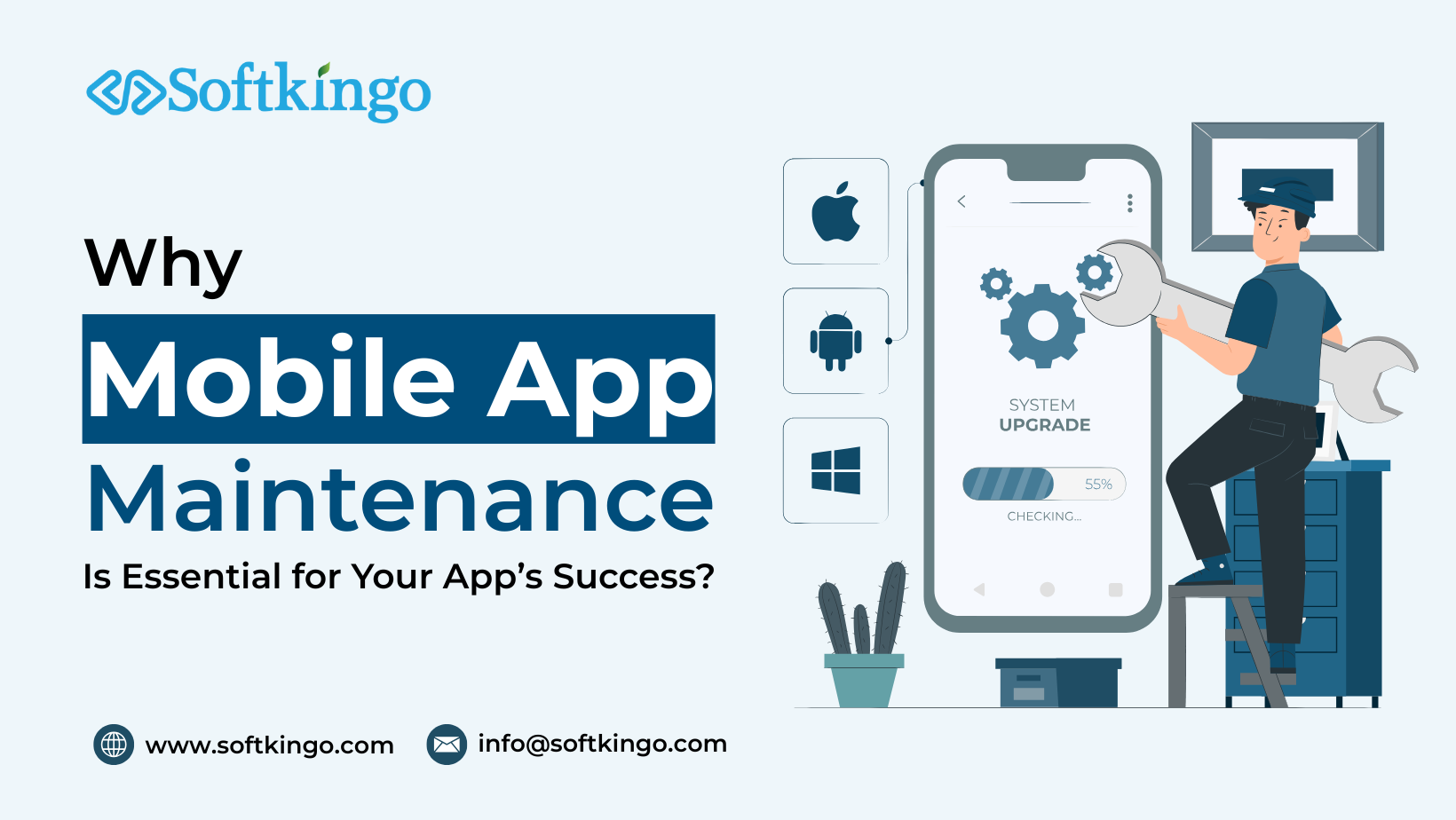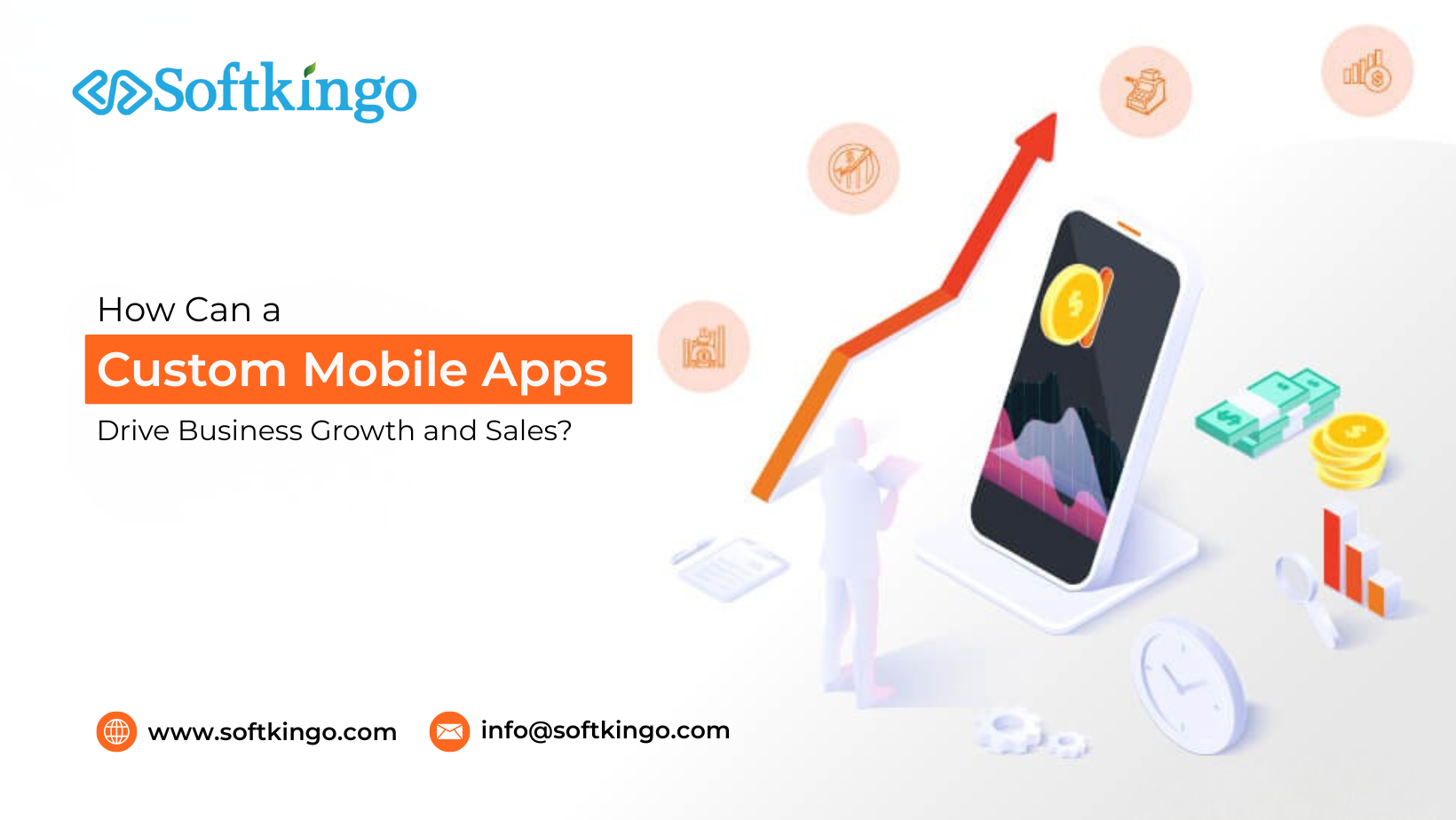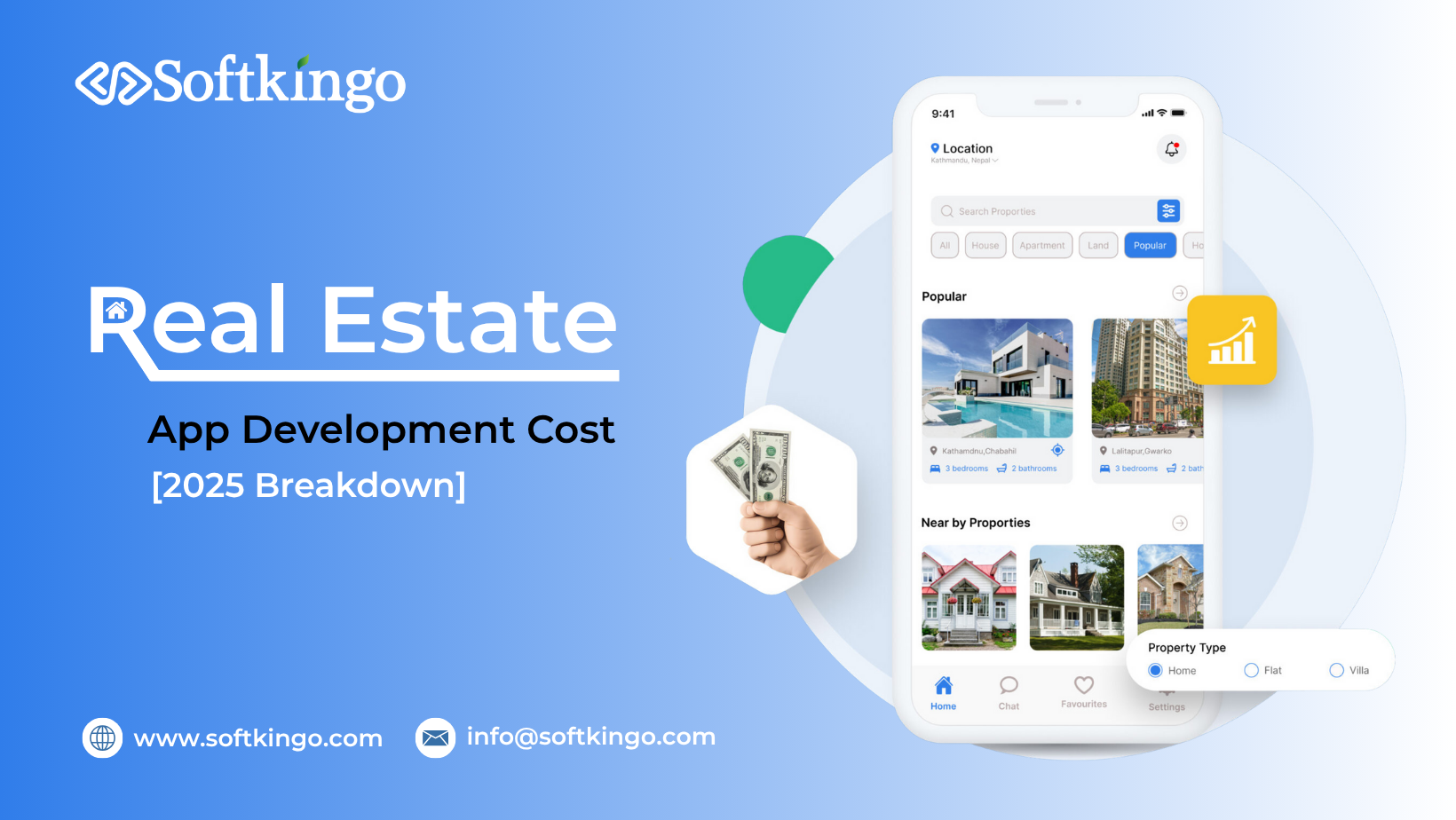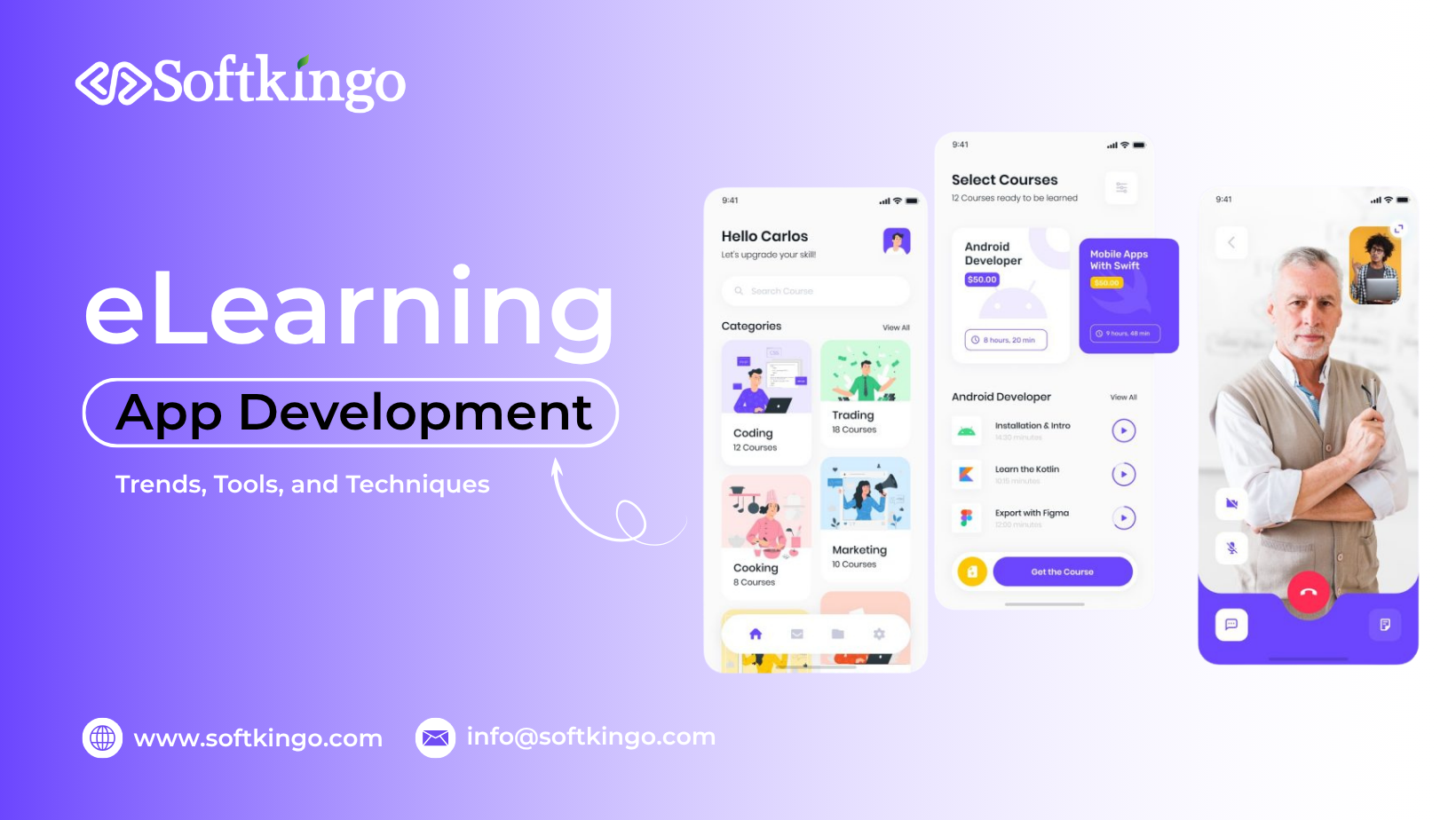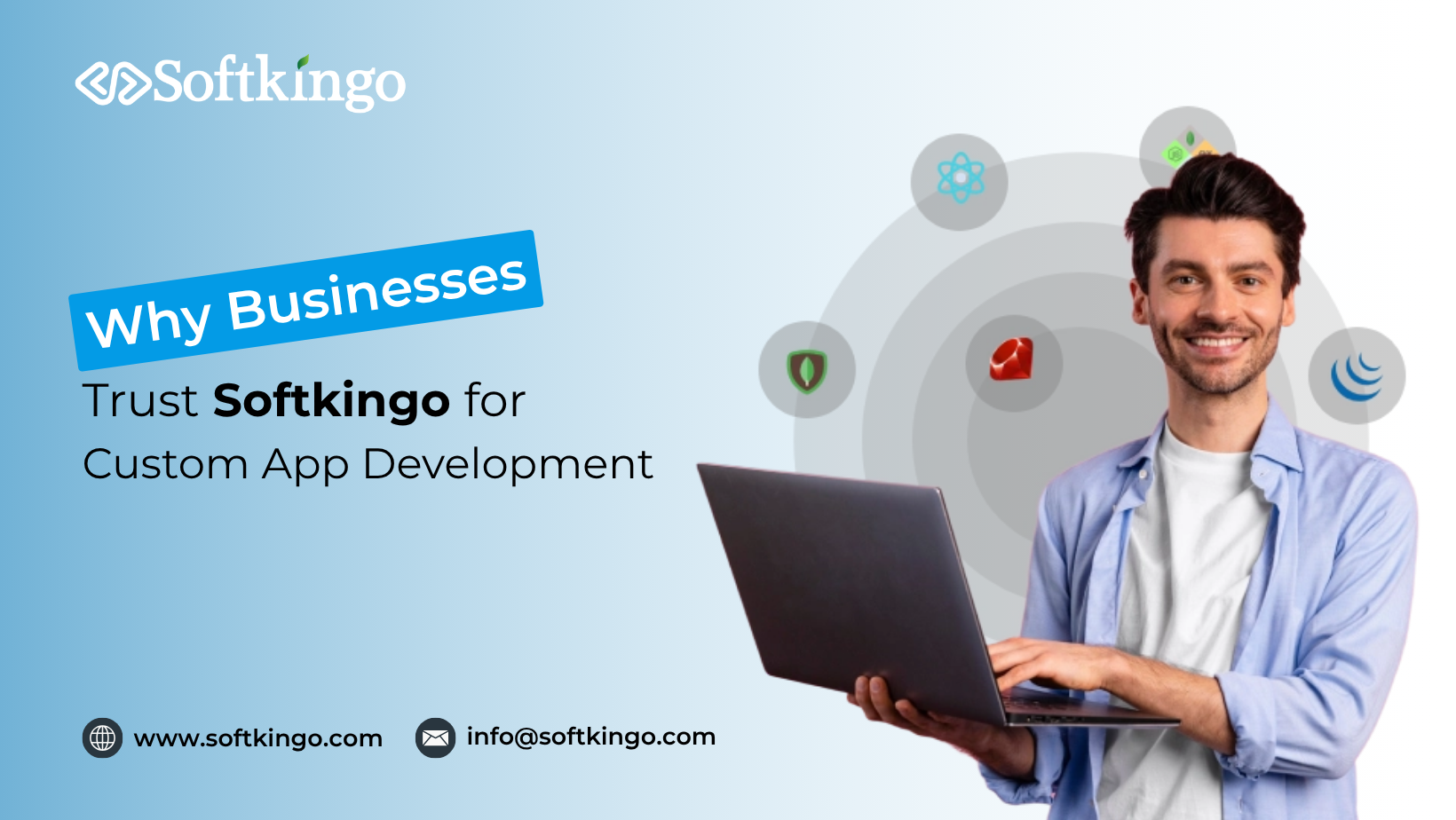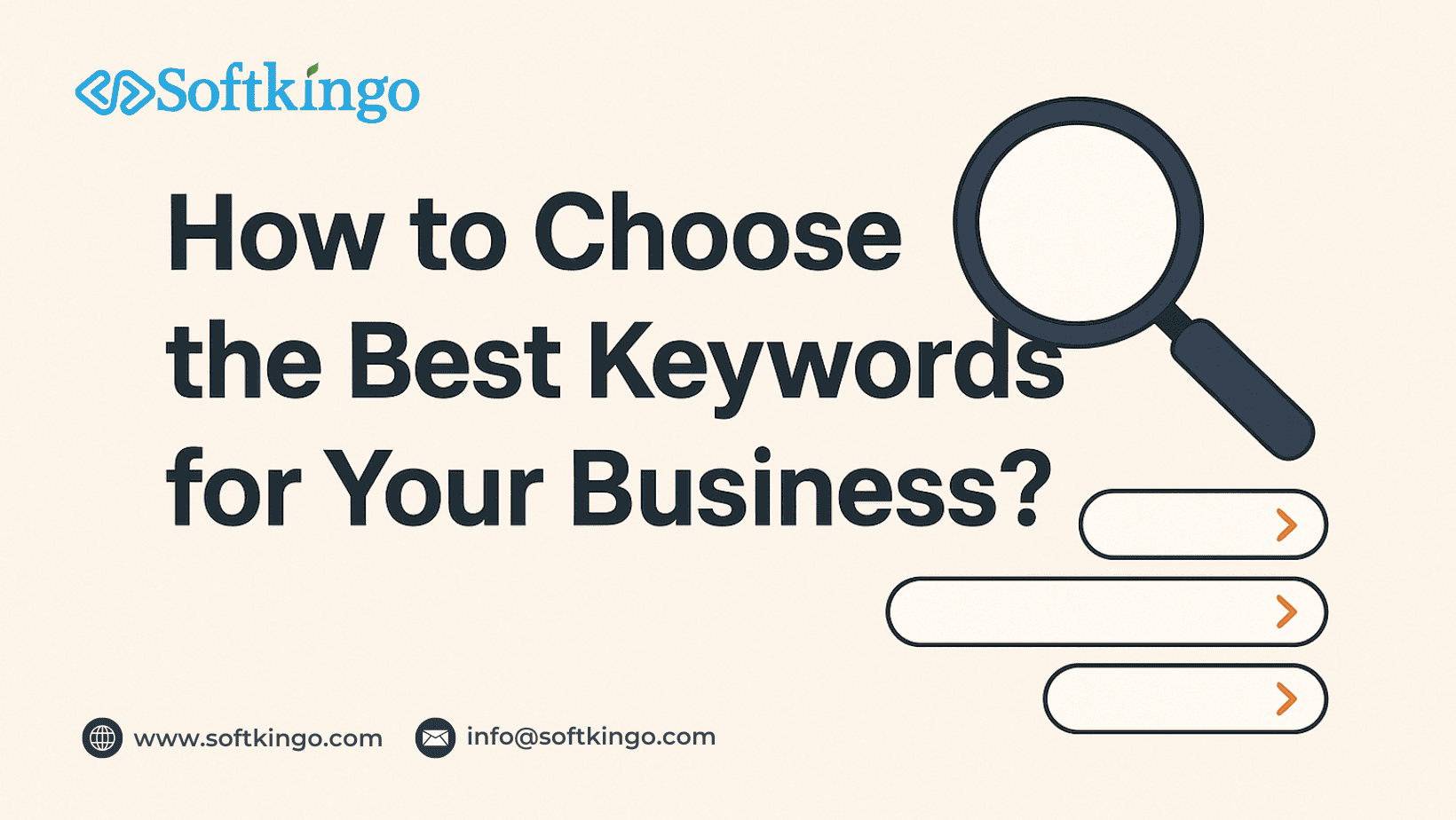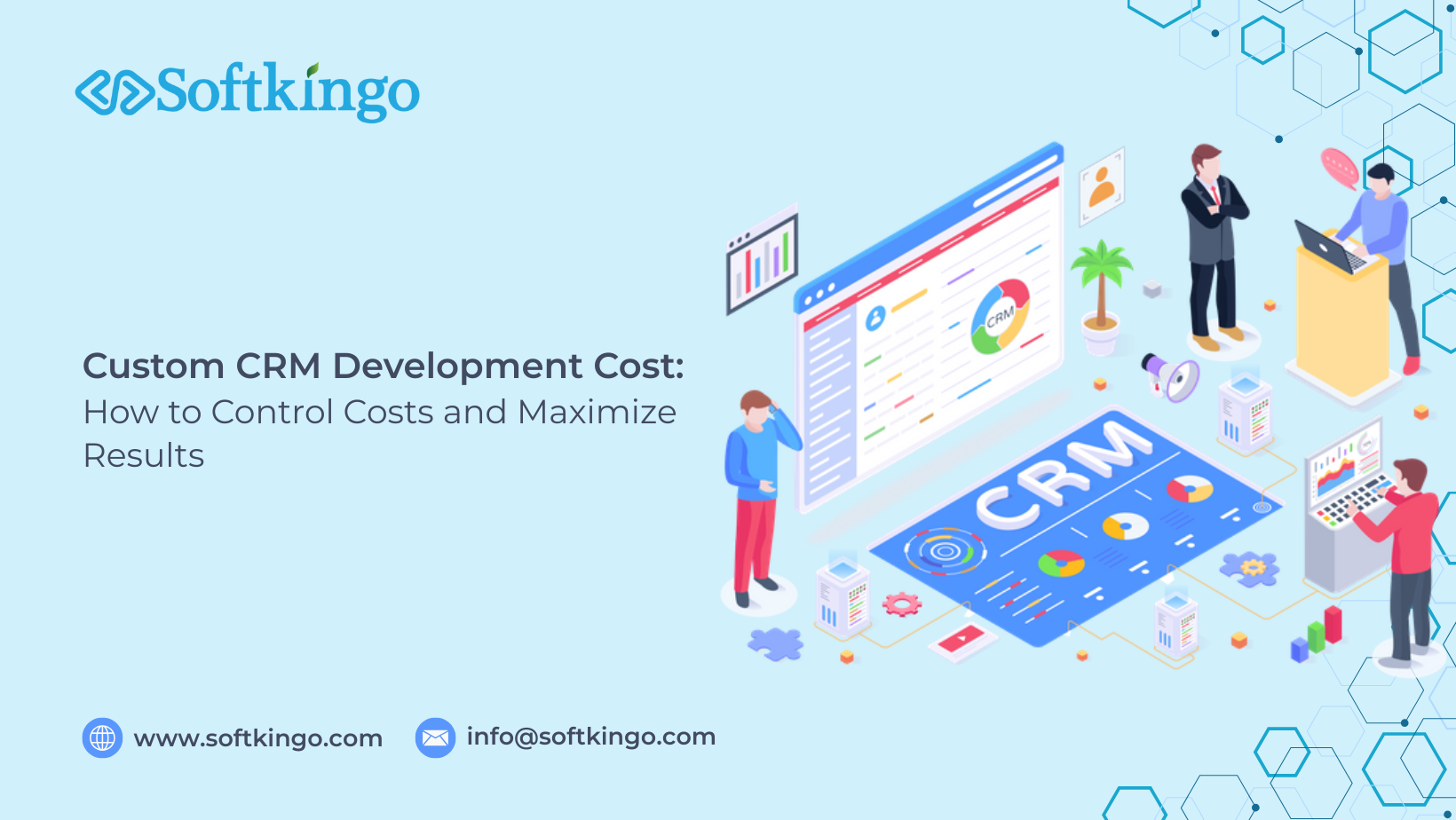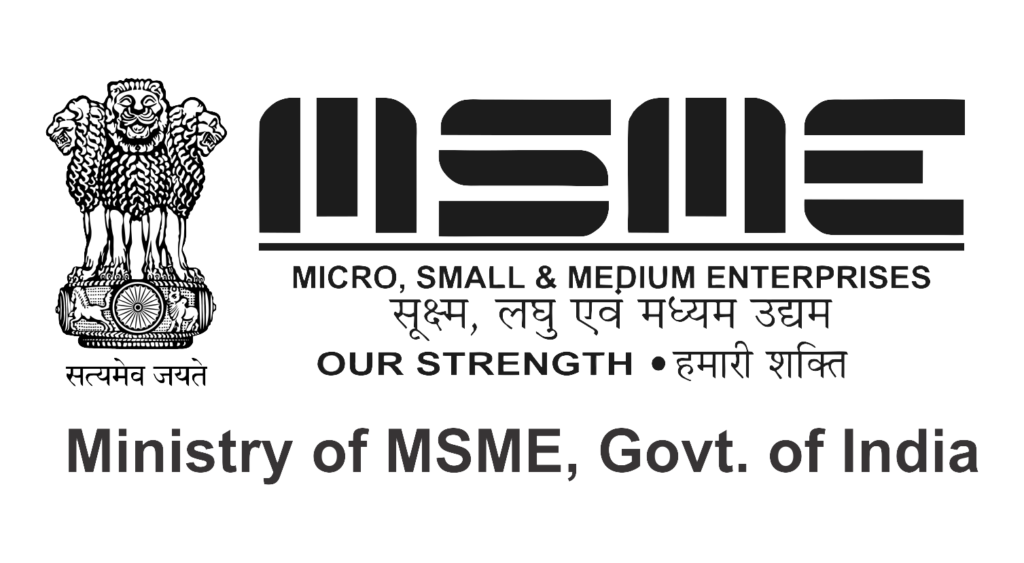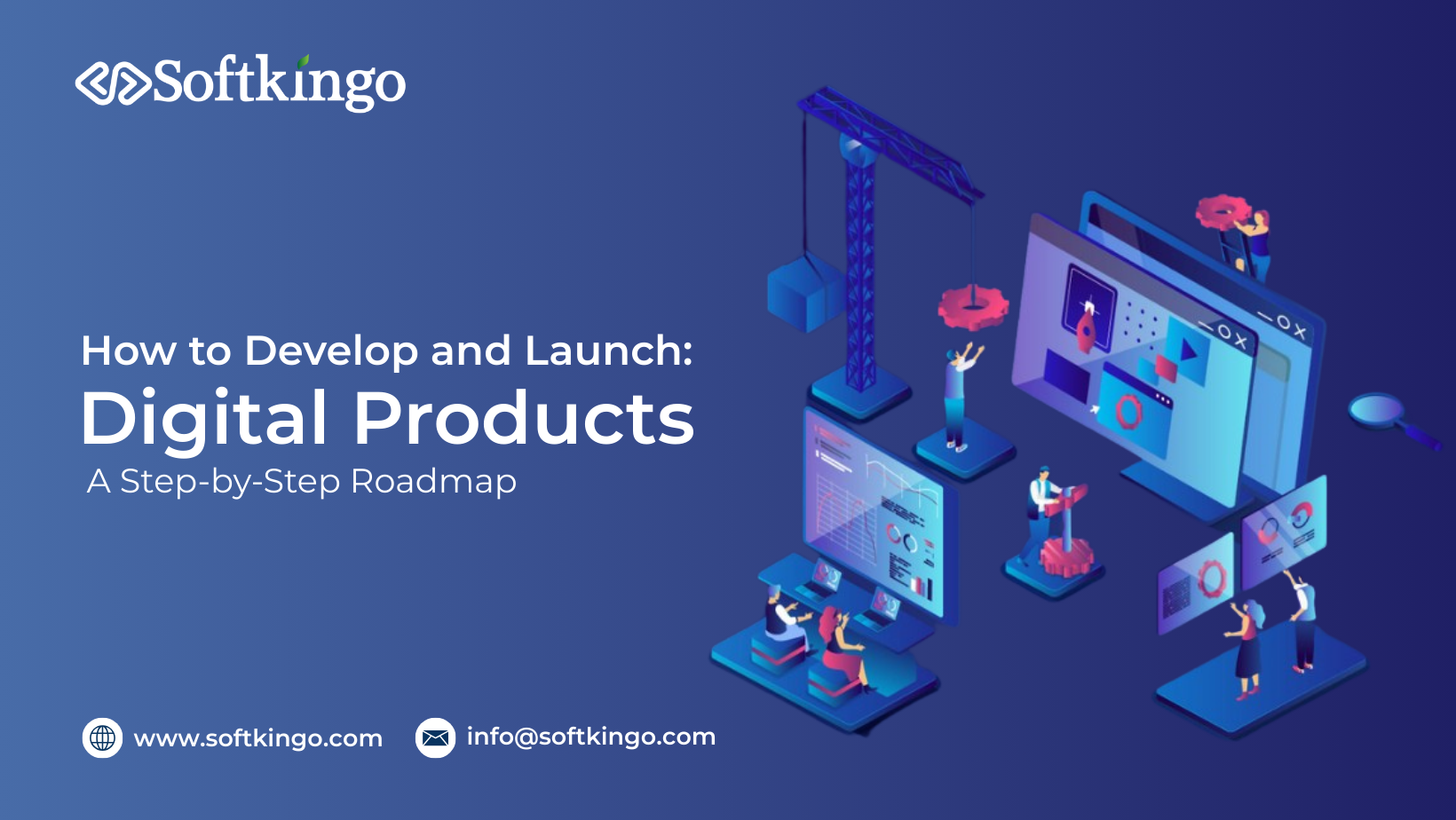
Every successful digital product you know today — whether it’s Uber, Netflix, or Shopify — all started with a simple idea. What separates the products that thrive from the ones that fizzle out? One word: scalability.
In plain terms, scalability means your product can grow — handle more users, more data, more demand — without breaking down or slowing to a crawl.
But here’s the thing: scalable products don’t happen by chance.
They’re the result of smart planning, the right tech stack, and a growth-focused mindset from day one. It’s about building not just for today, but for the future — so your product can evolve seamlessly as your user base and business needs grow.
Think about it:
- Retail & eCommerce: When major sales are involved, thousands of people can attempt to shop at one time. When your application crashes, you lose sales and trust. As a matter of fact, the online shopping cart abandonment rate already reaches 70% on average. (Baymard Institute).
- Fintech (banking & payments): A minor delay in any transaction can irritate the consumers. Research indicates that when the loading time of a page exceeds 3 seconds, the probability of users leaving a site will rise by 32% (Google).
- Healthcare: The telehealth visits are the norm now, where 13-17 percent of visits in the U.S. happen online. When various patients attempt to access the system to book in or consult at the same time, platforms need to respond to sharp increases in load. (McKinsey)
- Manufacturing & IoT: Smart devices can transmit a billion signals per second. The number of IoT devices is expected to hit 18.8 billion at the end of 2024. (Statista).
- No matter the industry, one thing is clear: users don’t wait. 32% of customers say that one negative experience is enough to stop using a product. (PwC).
This guide will give you a simple step-by-step roadmap to how to create digital products that don’t just launch but are ready to grow, adapt, and last long-term.
What is a Digital Product?
A digital product is anything built using software that solves a problem or creates value for its users. Think mobile apps, SaaS tools, online platforms, or even AI-powered solutions. Unlike physical products, digital ones are never really “finished” — they need to evolve constantly to stay useful, relevant, and competitive.
Let’s take a quick example. Imagine an eCommerce app: it might start out managing just a few dozen products, but as the business grows, it needs to handle thousands — maybe even millions — of users and items. Or think about a healthcare app, where scaling up might mean supporting secure video consultations, real-time patient data, and more.
That’s where scalability becomes crucial. A well-designed digital product should grow with your user base and business needs — without slowing down or breaking the user experience.
If you’re looking for inspiration, there are plenty of successful SaaS products out there that have scaled across industries — from productivity tools to complex enterprise solutions. Often, this level of success doesn’t happen by accident. It’s backed by strategic thinking, and sometimes, expert guidance like SaaS consulting, which helps align the product vision with long-term business goals.
Step-by-Step Roadmap to How to Build a Digital Product
Scalable digital product is not created in a day: it has to be planned clearly and integrated with strategy, technology and implementation. In the absence of the appropriate approach, products may experience problems such as crashes when there are high numbers of people using them, slow performance, or bad user experience as they expand. The only way to prevent such challenges is to adhere to some of the guides that will take you through the steps, idea to launch and above.
This roadmap will make sure your product is solid and can sustain growing demand, and will always provide value as your business and users grow. You can collaborate with the ones specialized in offering digital product services because they can assist you in attaining your objectives of developing digital products without difficulty. The following is the way on how to make digital products to sell online. You can create them on any niche.
1. Validate Your Idea & Market Fit
Make sure that before writing a single line of code, you are addressing a real issue. Most failures in products occur not due to wrong execution but because they did not solve a true need. Start by communicating with possible users, surveying them, and interviewing people who can potentially use your product.
Simultaneously, study your competitors in terms of what they are doing right, where they are failing, and what you can provide where they fail. After you have acquired sufficient insights, develop a Minimum Viable Product (MVP), which is a simple form of your product with only the bare minimum features. Apply it to a modest number of people, take feedback, and work on it.
Test small before you run big. It is not only cost-effective, but it also stops you from spending money on creating characteristics that are not ever desired.
2. Define a Scalable Architecture
The architecture that you select will determine, to a great extent, how well your product can scale without breaking. Use cloud-native platforms such as AWS, Azure, or Google Cloud to be flexible. Rather than using a monolith, use a modular or microservices-based architecture so each part can scale separately.
Do not wait till the last moment to plan your APIs and integrations. Once you do this, you make sure that your product is able to interface with others and adapt to the needs that come in time.
Netflix was known to have gone to millions of users globally by adopting the microservice architecture, where the system was extremely resilient and agile.
3. Prioritize User-Centered Design (UI/UX)
Scalability is not only about the servers and the code, but also about how a user uses your product. A product that is scalable must make the users engage with it. Put stress on a clean, simple, and intuitive interface that can be used without friction by any person. Be sure your design is responsive on all devices: mobile, tablet, and desktop.
And do not overlook accessibility: things such as voice assistance, screen reader access compatibility, and customisable settings will make your app accessible to more people. And personalization is key; the more your app feels tailored to each user, the more likely they’ll stick around.
4. Build & Test an MVP
Do not waste months on perfecting the project; release a minimal viable product with all the essential features. Design using the agile methodology to develop in small iterative cycles. This allows you to launch new releases in a short period of time, absorb user feedback, and optimize features without throwing resources.
It is only tempting to stuff such products with features during the initial development stages, but this strategy should be avoided at all costs, as users will tend to be overwhelmed with the options. Concentrate instead on just a few things that you can do very well, then increase depending on actual demand.
5. Ensure Security & Compliance
As your product grows, so do the risks. The loss of user confidence can be easily destroyed by data breaches, unauthorized access, and violations of compliance. Keep your product safe through heavy encryption, good authentication, and security audits. Remain in line with global laws and regulations, e.g., GDPR, HIPAA, or PCI-DSS, based on your field. Compliance is more than an avoidance of a punishment; it is an elicitation and a sustenance of the user’s trust.
6. Test, Monitor & Optimize
Scaling is not a thing that happens once and can be over; it is an evolving process. Constantly check your system in various conditions, such as with loads and stress. This will enable your product to withstand a sudden increase in traffic without crashing.
Monitor performance in real time using applications like Datadog or New Relic, and use CI/CD pipelines to achieve more reliable and faster deployments. The trick is simply to continue optimizing – what was good at 1,000 users may fail when you have 100,000 users if you are not ready.
This method is particularly crucial in the development of software products in which a continuous testing, monitoring and optimization process is essential in maintaining long term stability and user satisfaction.
5 Pillars of Digital Transformation
Digital transformation does not simply involve implementing new technology- it involves transforming the way a business operates, the manner in which it serves its consumers, and its growth in the digital environment. In order to achieve this effectively, there are five key pillars that every organization must watch out for:
Customer Experience
Designing digital products around user needs is very important. The customers want quick, smooth, and personalized services. It could be online shopping, a visit to the doctor, or a banking application; the experience must be easy and convenient.
Operational Agility
Businesses have to be adaptable and be able to swiftly adapt to changes. This might be automating the work, streamlining the process, or utilizing the information to make quicker decisions. An example is that a factory can ramp up or down at a moment to meet rising or falling demands.
Workforce Enablement
Employees require the appropriate digital devices to be more effective. Connection cloud applications, voice and text messaging, and AI-enabled insights make teams connected and productive, wherever they are.
Technology Integration
New technology must be compatible with the previous system. The combination of tools such as cloud, AI, IoT, and analytics should help achieve greater efficiency. For example, in healthcare, connected devices can share real-time patient data with doctors.
Data & Analytics
The core of digital transformation is data. By analysing data, companies can learn how customers behave, predict the future, and make wiser decisions. An example is in online stores where a customer is shown a product that he/she like best.
Together, these five pillars help businesses stay competitive, improve customer trust, and help you build a digital product successfully in the market.
Common Mistakes to Avoid When Building a Digital Product
Building a digital product can be an exciting journey — full of creativity, problem-solving, and the thrill of seeing your idea come to life. But too often, teams overlook simple practices that could save them time, money, and even customer trust.
Here are some of the most common (and costly) mistakes — and how to avoid them:
1. Trying to Build Everything at Once
One of the biggest pitfalls is adding too many features too early.
It might feel productive, but in reality, it makes your product bloated, confusing, and harder to maintain. Plus, it’s a huge drain on resources.
✅ Start small. Focus on a core set of features that solve your users’ primary problems. Test, learn, and then build out — this way, your product grows with purpose.
2. Not Planning for Infrastructure Costs
Cloud services, storage, APIs — they all add up. Fast.
Skipping cost planning can leave you bleeding money before you even scale.
✅ Use forecasting tools and adopt a scalable architecture from day one. Work with experienced developers who understand how to optimize infrastructure for both performance and budget.
3. Ignoring User Feedback
Products don’t fail because the tech was bad. They fail because they don’t solve real problems.
✅ Keep your users in the loop. Gather feedback early and often. What they say (and how they use your product) will tell you exactly what to build next — and what to ditch.
4. Treating Security as an Afterthought
Security isn’t optional — it’s foundational.
Whether it’s customer data, payment details, or medical records, a breach can destroy trust and brand reputation in minutes.
✅ Build security in from the start. Encrypt data, use secure authentication, and stay up-to-date on compliance standards. Especially important if you’re in industries like fintech, healthcare, or eCommerce.
Final Thoughts: Build Smart, Scale Smarter
Creating a digital product that scales isn’t about building fast — it’s about building right. From validating your idea to testing performance, and staying in tune with trends in digital transformation, every stage is a chance to build smarter.
Want to make sure your product grows with your business?
We specialize in custom SaaS product development for startups, scale-ups, and enterprises — helping you go from idea to impact with scalable, secure, and future-ready solutions.
Paramhans Singh is the CEO and founder of Softkingo Technologies, bringing over 8 years of experience in delivering custom software solutions that help startups and enterprises achieve their business goals. He has successfully validated more than 220 app and website ideas and delivered over 100 tailored solutions, utilizing a range of technologies such as Swift, Kotlin, React Native, Flutter, PHP, RoR, IoT, AI, NFC, AR/VR, Blockchain, and NFTs.



